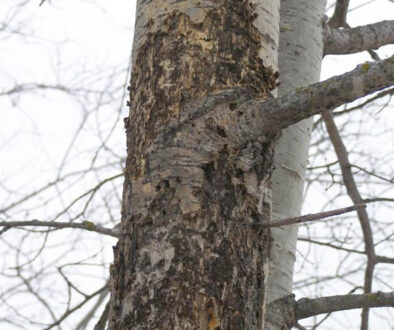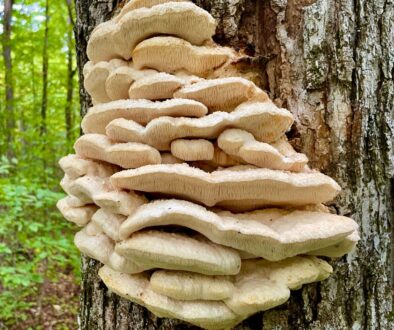The Impact of Trees on Climate Change
The Impact of Trees on Climate Change
The impact of trees on climate change. Trees’ vital role in addressing climate change is that they remove carbon dioxide from the atmosphere and store it in their wood, leaves, roots, and soil. This process is identified as sequestration.
How trees help
-
- Carbon storage: Trees act as a carbon sink, absorbing carbon dioxide through photosynthesis and storing it in their tissue.
- Shade: Trees provide shade, which reduces the need for air conditioning in buildings and the amount of carbon dioxide and other pollutants released by power plants.
- Carbon storage: Trees act as a carbon sink, absorbing carbon dioxide through photosynthesis and storing it in their tissue.
- Stormwater: Trees intercept and filter stormwater.
- Air quality: Trees improve air quality.
Factors that affect carbon storage
- Tree size and health: The amount of carbon a tree stores depends on its size and health.
- Forest age: The amount of carbon a forest stores depends on its age.
- Forest type: The amount of carbon a forest store depends on the type of trees in it.
- Drought: Drought can cause trees to close their stomata, which forces them to rely on stored sugars and starches. If they run out of energy, they can die.
What happens when trees are cut or burned?
- Cutting or burning trees temporarily releases some of the carbon they store into the atmosphere.
- Converting forests to other uses, like farming or development, permanently releases almost all of the carbon they store.
Planting trees
The act of planting trees stands as one of the most efficient methods for mitigating atmospheric carbon levels. We invite you to contact Johnson Ops Tree Care for a consultation regarding tree selection. Our team is prepared to assist you in determining the most suitable trees for your landscape, with guidance from one of our Certified Arborists.




